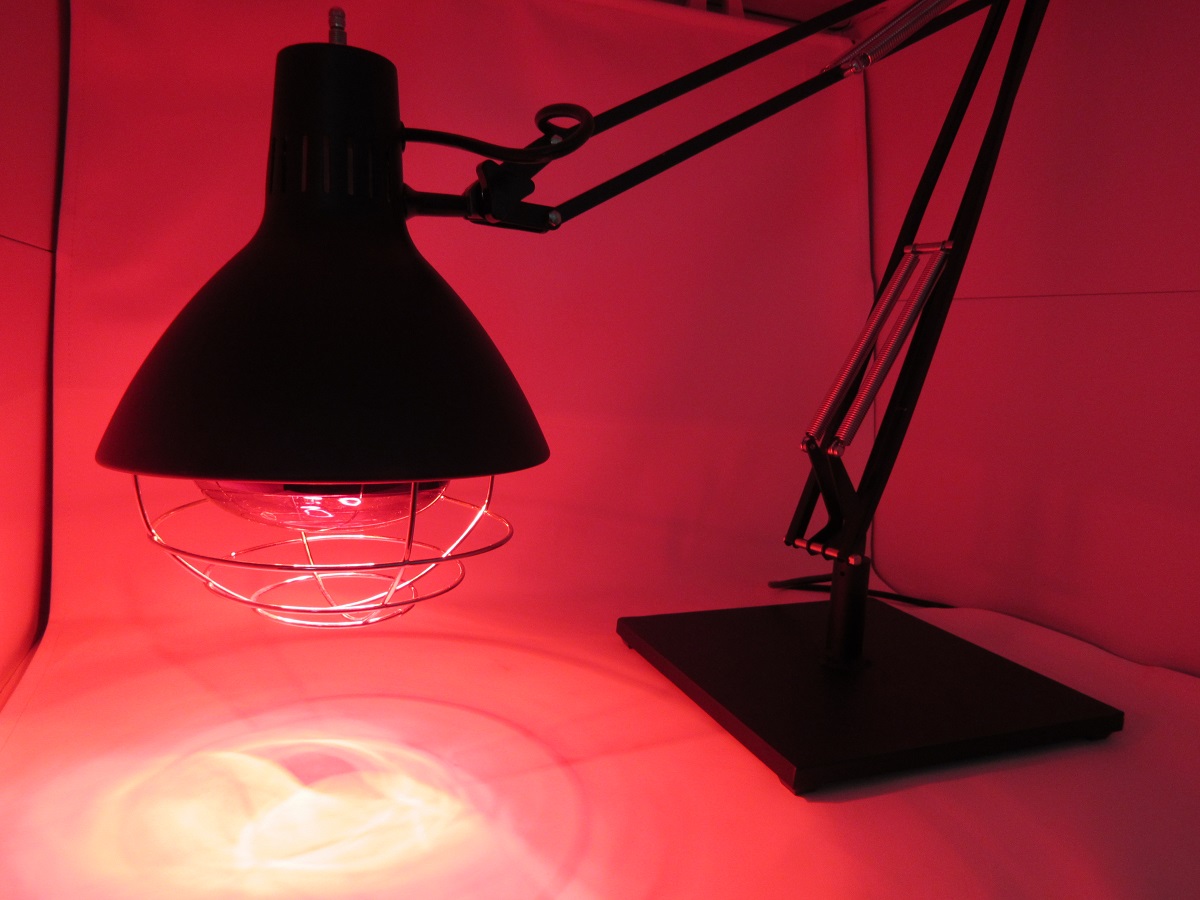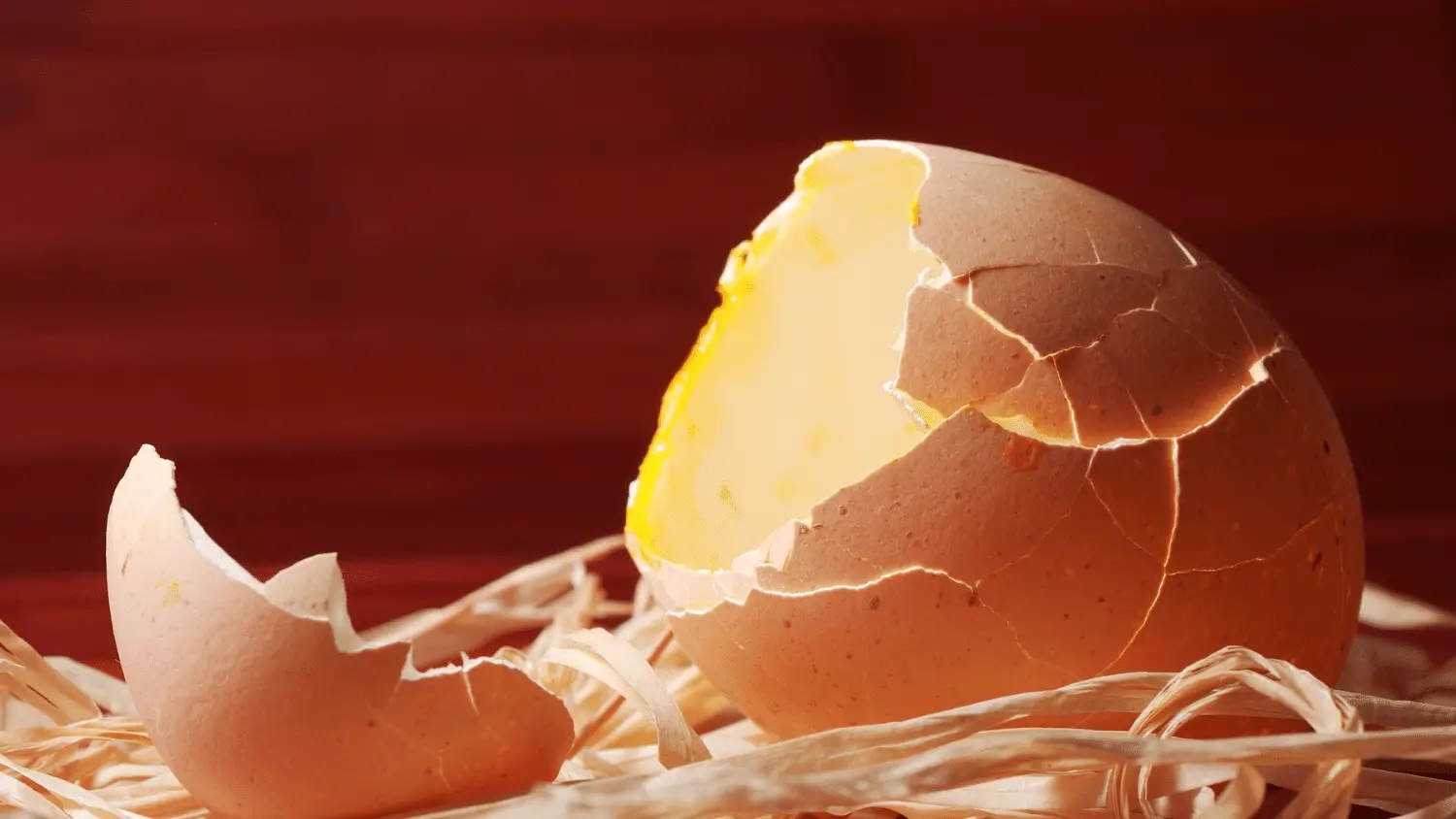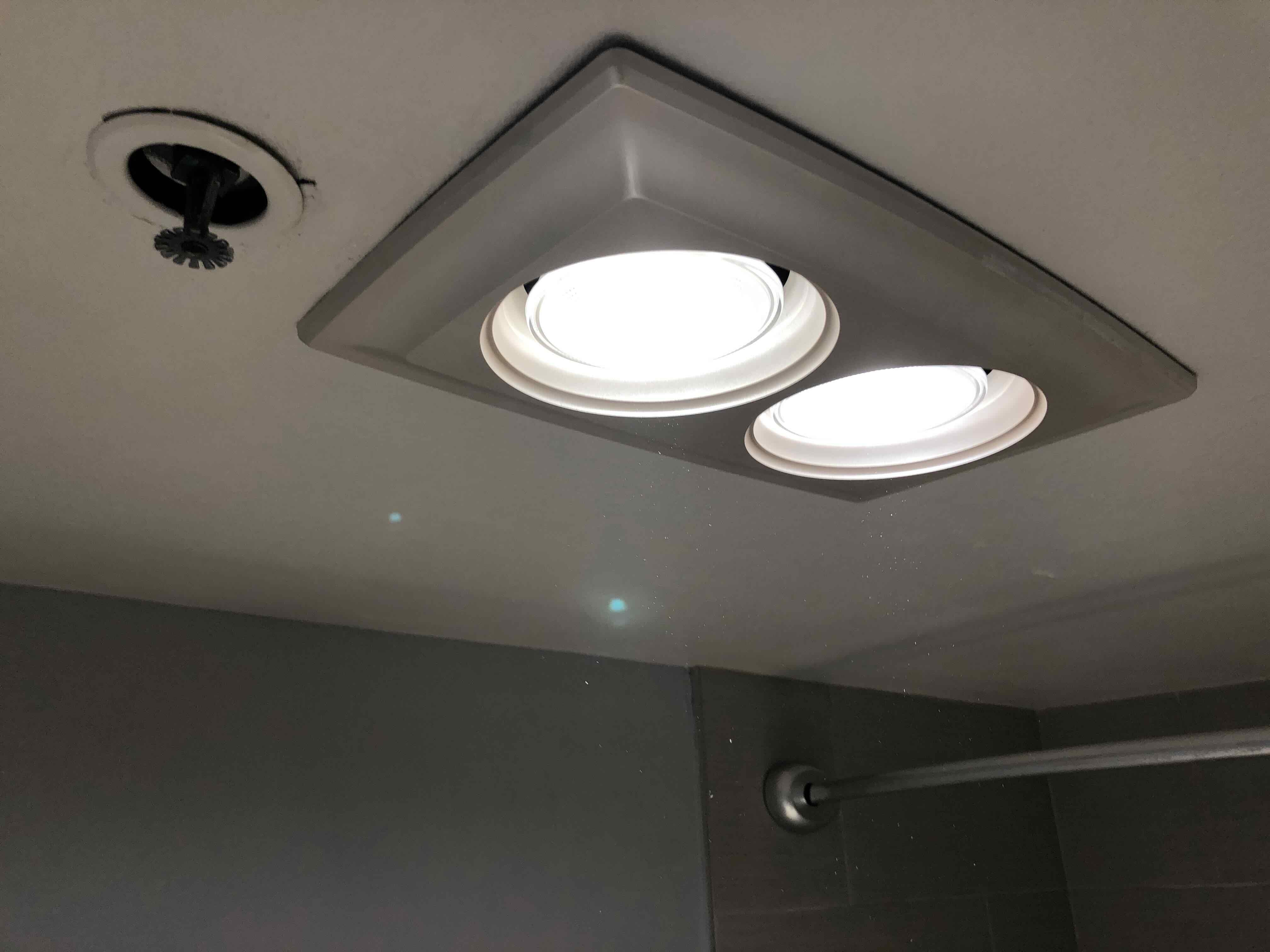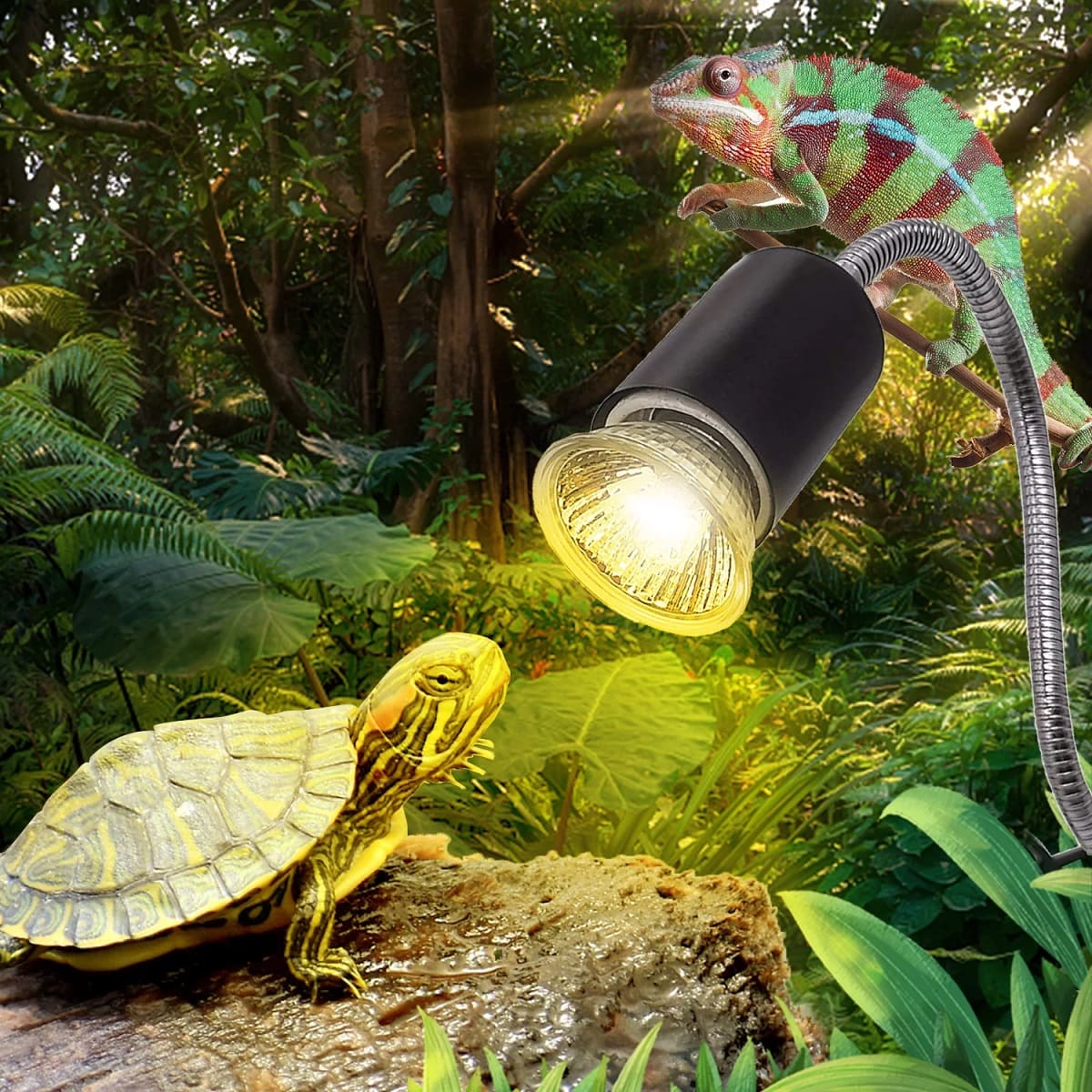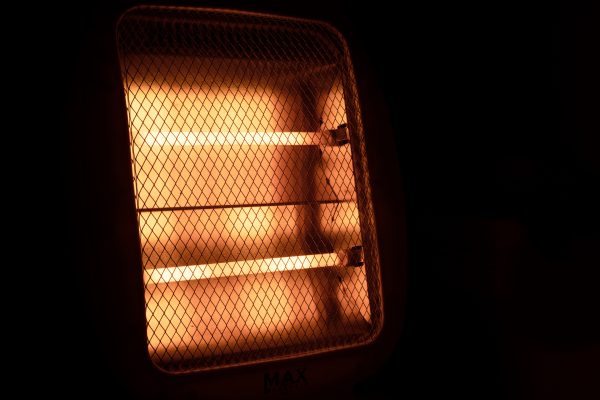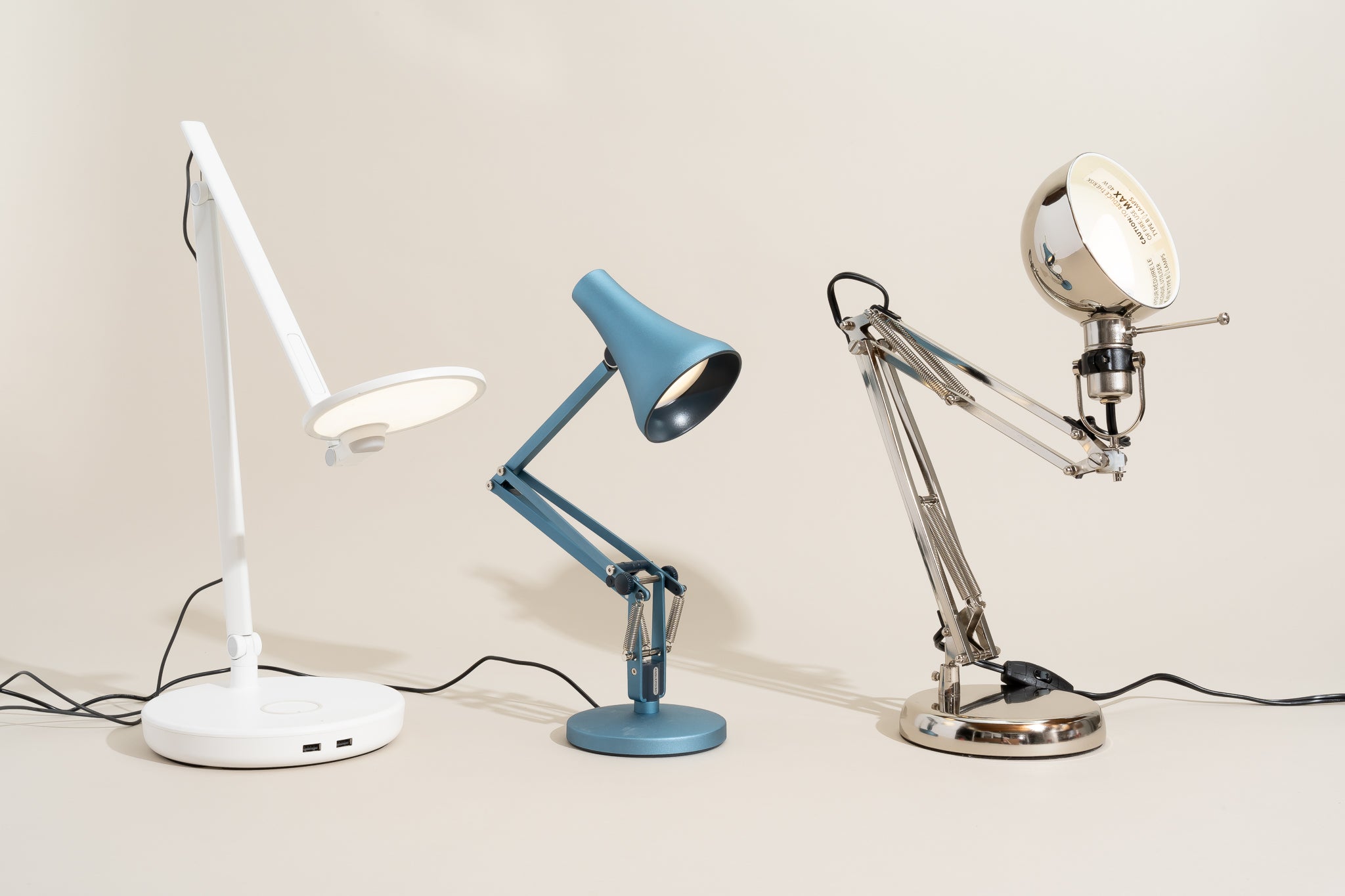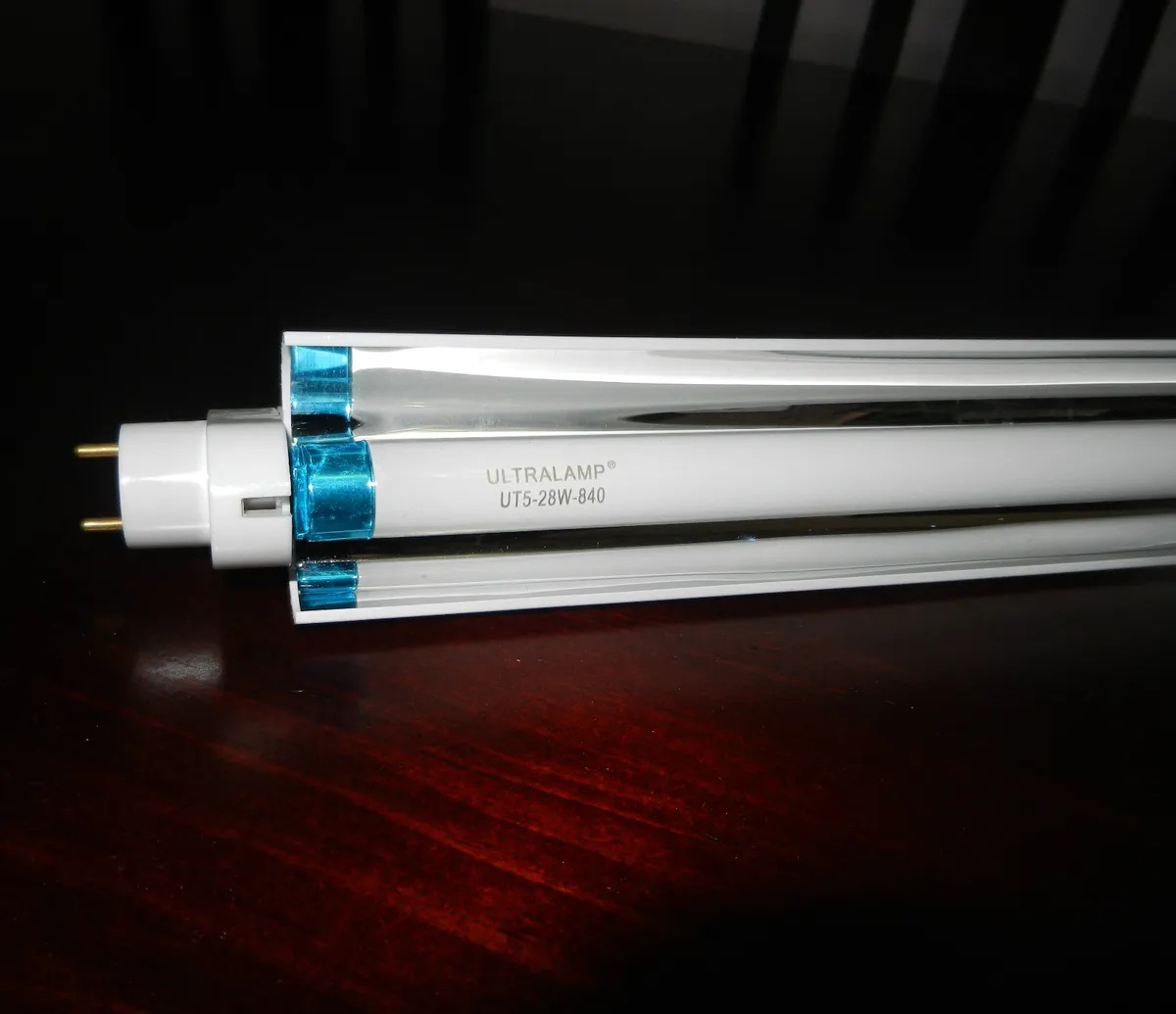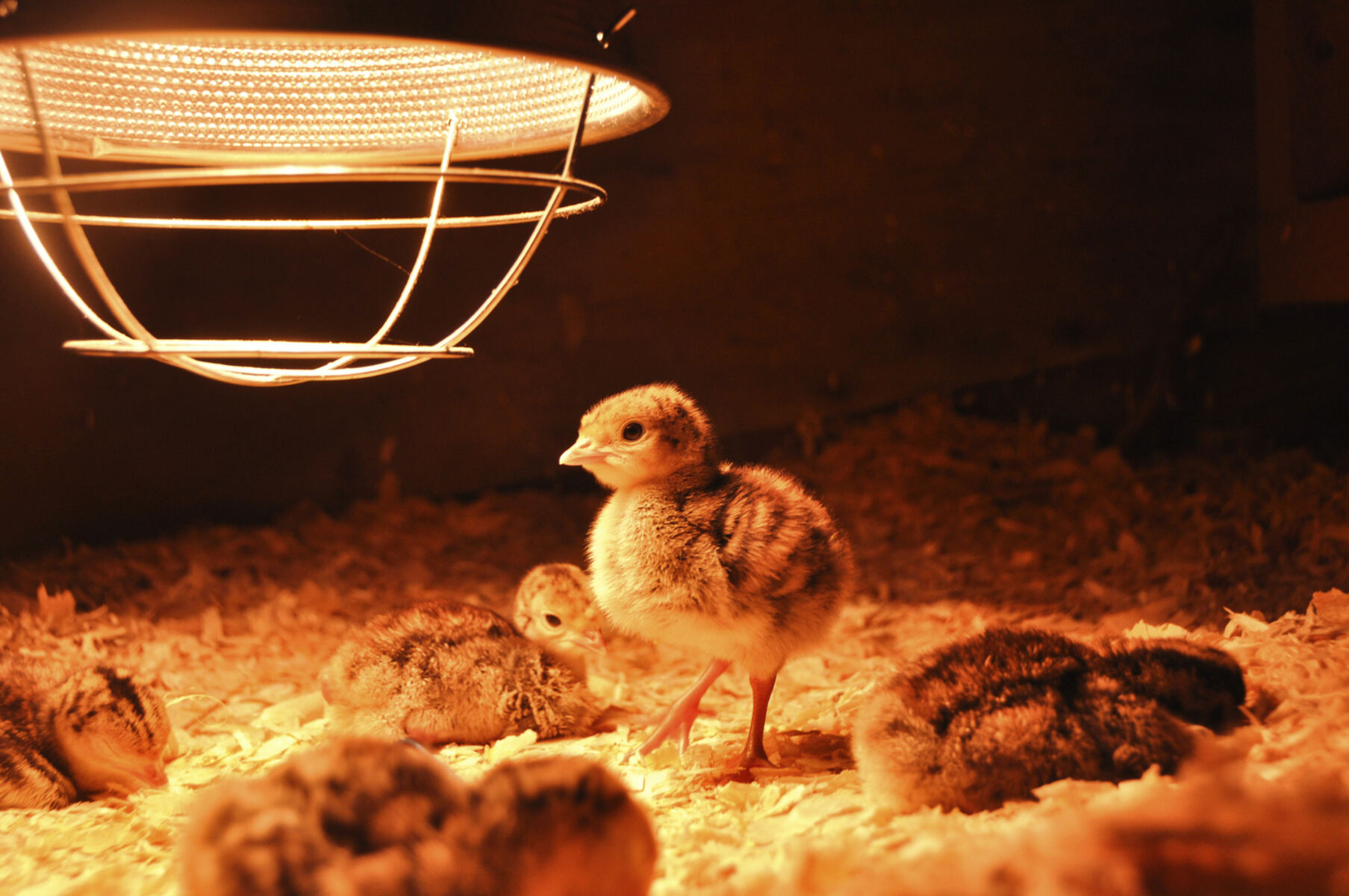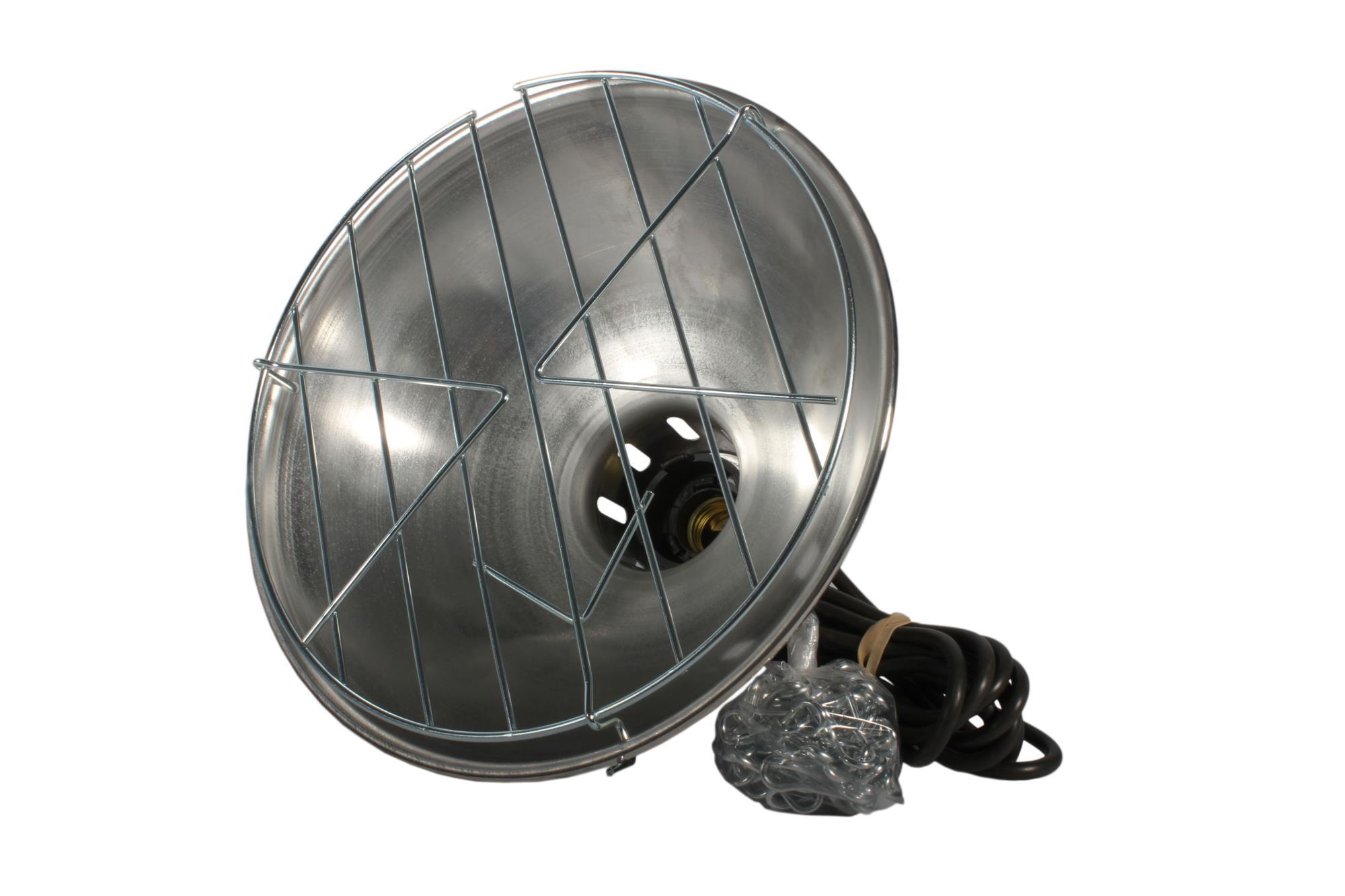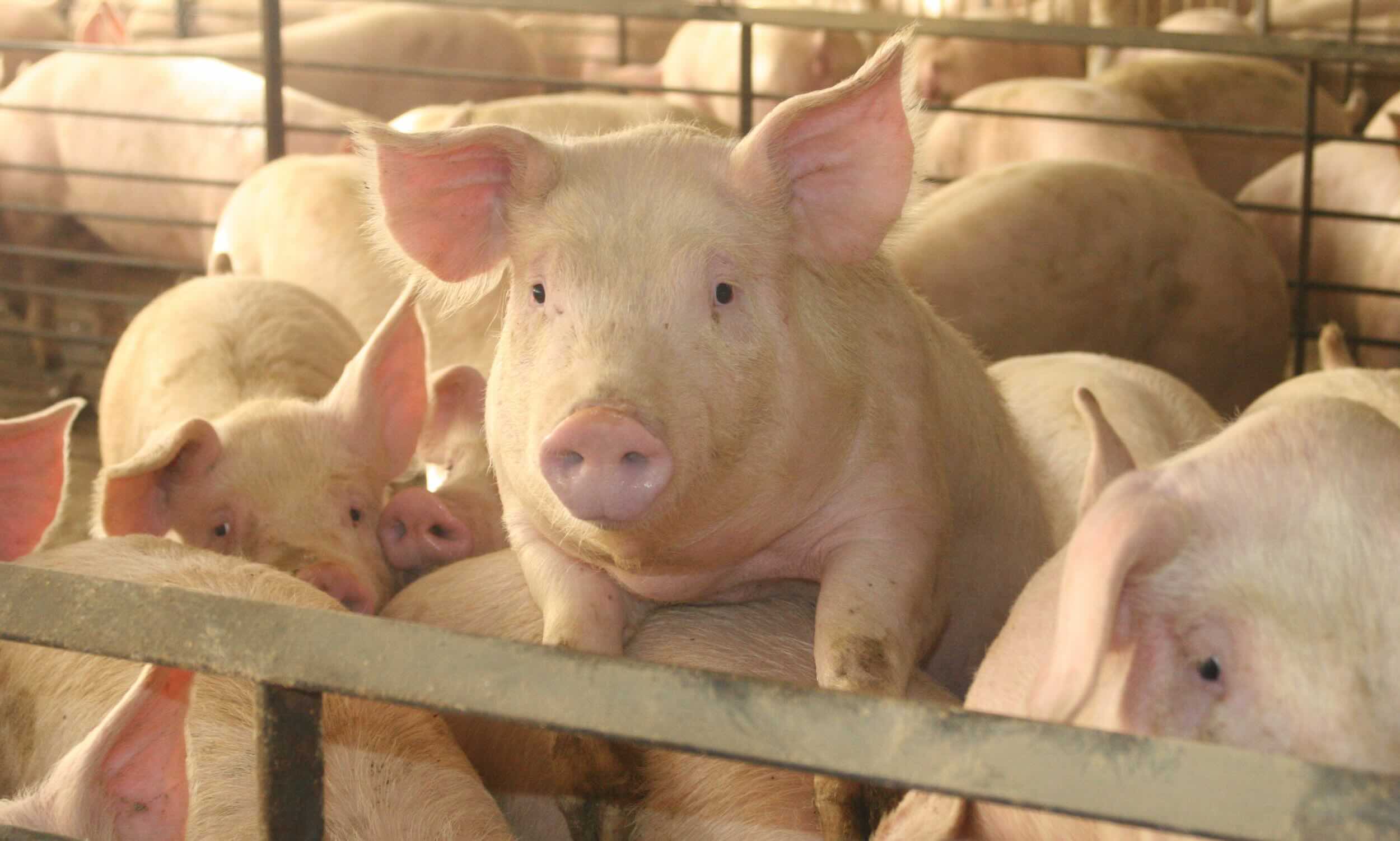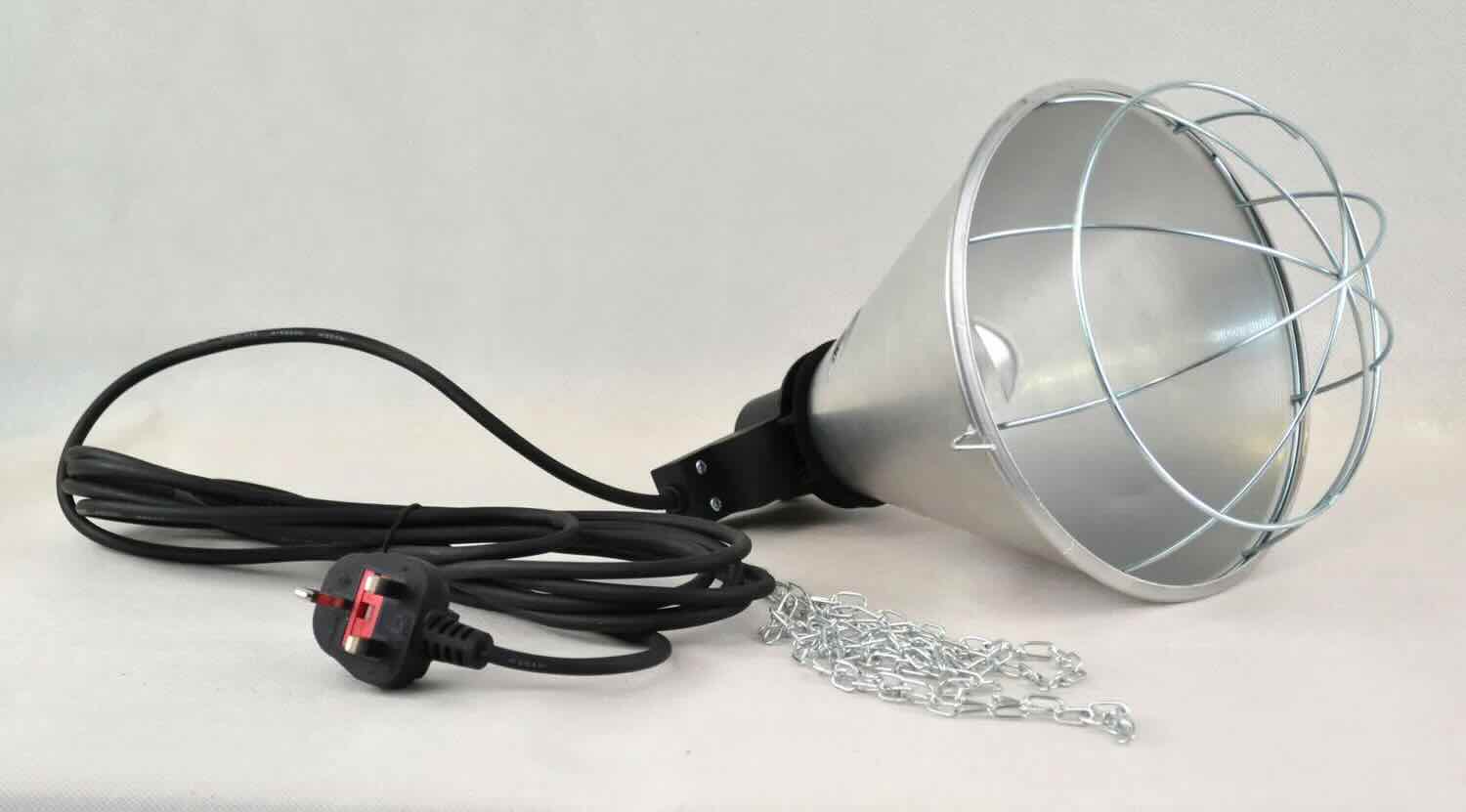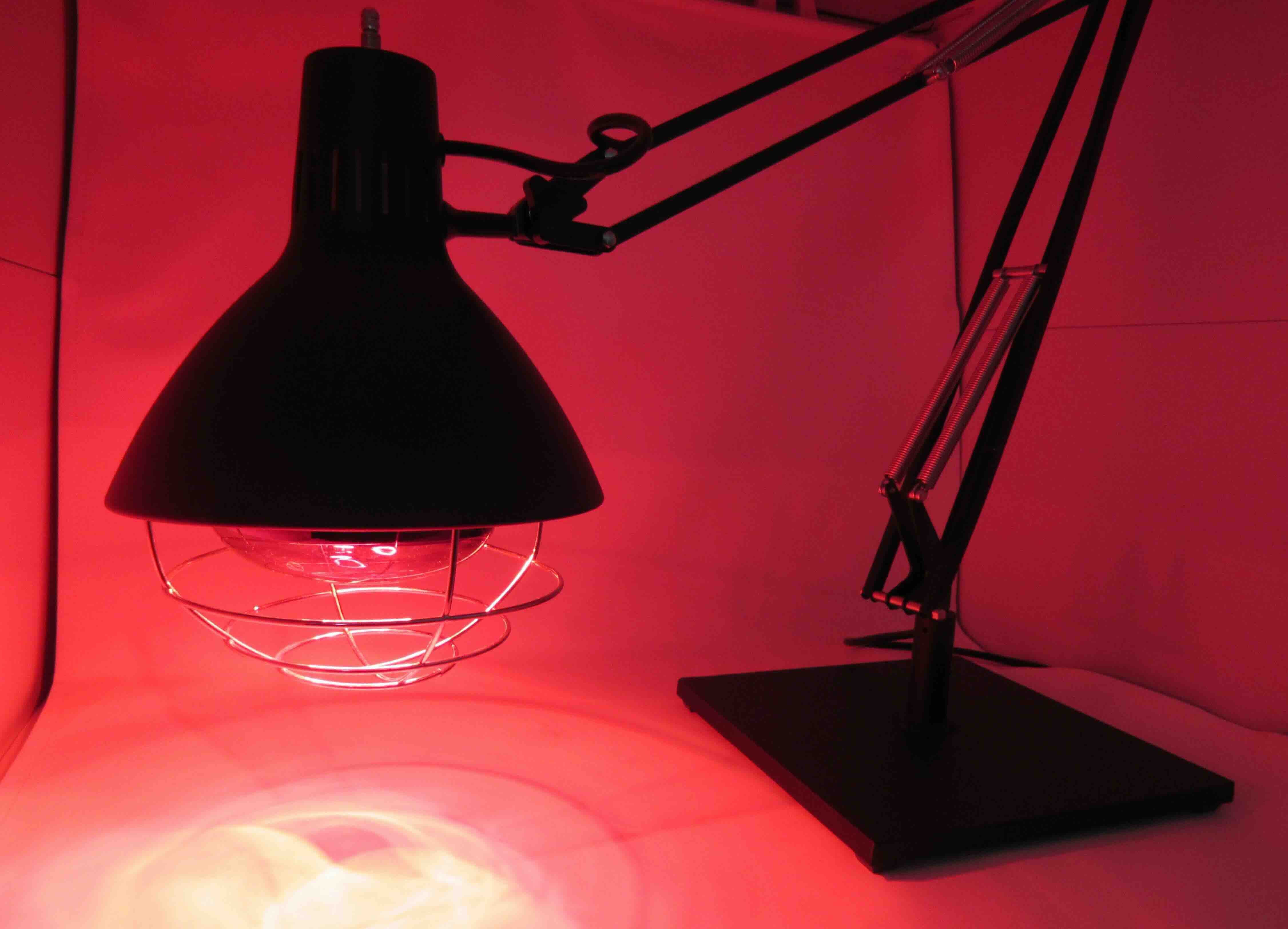

Furniture
What Is A Heat Lamp
Modified: August 27, 2024
Find out what a heat lamp is and how it can improve your furniture. Discover its benefits and uses in our comprehensive guide.
(Many of the links in this article redirect to a specific reviewed product. Your purchase of these products through affiliate links helps to generate commission for Storables.com, at no extra cost. Learn more)
Introduction
Welcome to the world of heat lamps! These versatile devices have been used for various purposes in both residential and commercial settings. Whether you’re looking to keep your food warm, provide heat for reptiles, or even accelerate plant growth, a heat lamp can be a valuable tool in your arsenal.
In this article, we will delve into the fascinating world of heat lamps, exploring their definition, how they work, their applications, and the benefits and drawbacks they offer. We will also discuss important safety considerations to keep in mind when using heat lamps. So, let’s embark on this illuminating journey and discover all there is to know about heat lamps!
Key Takeaways:
- Heat lamps are versatile tools that provide efficient and targeted heating for food service, reptile care, horticulture, and therapeutic use. Understanding their benefits, drawbacks, and safety considerations is essential for safe and effective usage.
- Safety is paramount when using heat lamps, requiring proper placement, secure mounting, and regular maintenance. With diverse applications and evolving technology, heat lamps offer controlled and focused heat for various needs.
Read more: How To Turn On A Heat Lamp
Definition of a Heat Lamp
A heat lamp is a specialized lamp that emits infrared radiation to generate heat. These lamps typically consist of a bulb enclosed in a reflective fixture to direct the heat in a specific direction. The main purpose of a heat lamp is to provide warmth in targeted areas or to maintain a consistent temperature for various applications.
Heat lamps are commonly used in the food industry to keep food items warm in buffet lines, restaurants, and catering events. They are also utilized in reptile enclosures to create a suitable environment for reptiles that require specific temperature ranges. In addition, heat lamps find applications in horticulture to promote plant growth, as well as in industrial and healthcare settings for therapeutic purposes.
The heat generated by the lamp comes from the emission of infrared rays, which are a type of electromagnetic radiation. These rays have a longer wavelength than visible light, allowing them to penetrate objects and transfer heat efficiently. Heat lamps are designed to emit a specific spectrum of infrared radiation that maximizes heat production while minimizing light output.
It is important to note that not all lamps that produce heat are classified as heat lamps. Heat lamps are specifically designed with safety features to handle high temperatures and prolonged use, making them suitable for their intended applications.
How Heat Lamps Work
Understanding how heat lamps work is essential to grasp their functionality and the mechanisms behind their heat generation. Heat lamps operate based on the concept of converting electrical energy into heat energy through the use of a specialized heating element.
At the heart of a heat lamp is the tungsten filament, which is heated to a high temperature by passing an electric current through it. As the electrical current flows through the filament, it resists the flow of electrons, causing the filament to heat up and emit infrared radiation.
The emitted infrared radiation is the key element that generates heat. This radiation penetrates the surrounding objects, including food, reptile enclosures, or plants, and transfers heat energy to them. The reflective fixture surrounding the lamp enhances the directionality of the heat, focusing it in a particular direction to maximize its effectiveness.
Heat lamps can be powered by different energy sources, including electricity, natural gas, or propane. Electric heat lamps are the most common type found in residential and commercial settings. These lamps are typically equipped with a heating element and are connected to a power source via a plug. The wattage of the lamp determines the amount of heat it can generate, with higher wattages producing more heat.
In addition to the heat generated, heat lamps also emit a small amount of visible light. However, the amount of light produced by heat lamps is intentionally minimized to primarily focus on heat production. This is achieved by using a coating or filter on the lamp to block and absorb visible light, allowing the majority of the energy to be converted into heat.
Overall, the operation of heat lamps relies on the conversion of electrical energy into heat energy through the use of a tungsten filament and the emission of infrared radiation. This mechanism makes heat lamps efficient and versatile tools for a wide range of applications.
Applications of Heat Lamps
Heat lamps are utilized across various industries and settings due to their ability to provide controlled and focused heat. Let’s explore some of the most common applications of heat lamps:
- Food Service: Heat lamps play a crucial role in the food industry, especially in buffet lines and restaurants. They are used to keep prepared dishes warm, ensuring that food remains at a safe temperature while maintaining its desired quality. Heat lamps are also utilized in catering events where large quantities of food need to be kept warm for an extended period.
- Reptile Care: Many reptiles require specific environmental conditions to thrive, and heat lamps are essential in providing the required warmth. Reptile heat lamps create a temperature gradient within the enclosure, allowing reptiles to regulate their body temperature effectively. These lamps are commonly used for reptiles such as snakes, lizards, and turtles.
- Horticulture: Heat lamps find applications in horticulture to stimulate plant growth and provide supplemental lighting. In colder climates or during the winter months, heat lamps can create the ideal temperature for plants, encouraging germination, root development, and blooming. They are particularly beneficial for tropical plants or greenhouse cultivation.
- Therapeutic Use: In healthcare and wellness facilities, heat lamps are used for therapeutic purposes. The targeted application of heat can help relax muscles, alleviate pain, and improve blood circulation. Heat lamp therapy is often employed in physical therapy sessions, chiropractic care, and spa treatments.
- Industrial Settings: Heat lamps are utilized in various industrial processes that require controlled heating. This includes drying and curing of coatings, heating and bending of materials, and maintaining desired temperatures in manufacturing environments. Heat lamps provide an efficient and cost-effective solution for these applications.
These are just a few examples of the diverse applications of heat lamps. Their versatility, precise temperature control, and focused heat make them valuable tools in numerous industries and everyday scenarios.
Benefits and Drawbacks of Heat Lamps
Heat lamps offer several advantages that make them popular choices for various applications. However, it’s important to consider their drawbacks as well. Let’s examine the benefits and drawbacks of heat lamps:
Read more: How To Hang A Heat Lamp
Benefits:
- Efficient Heat Production: Heat lamps are designed to efficiently convert electrical energy into heat energy, making them an effective heat source. They can quickly warm up objects and maintain a desired temperature, whether it’s food, reptile enclosures, or plants.
- Precise Temperature Control: Heat lamps allow for precise temperature control, enabling users to create and maintain specific temperature ranges. This is particularly important in reptile care and horticulture, where maintaining the right temperature is vital for the well-being and growth of living organisms.
- Targeted Heating: Heat lamps provide directional heating, allowing users to focus heat in specific areas. This feature is useful in applications where heat needs to be concentrated on a particular object or space without affecting the surrounding environment.
- Versatility: Heat lamps have a wide range of applications, as discussed earlier. Their ability to generate heat and control temperature makes them versatile tools for food service, reptile care, horticulture, and more.
- Cost-Effective: Heat lamps are relatively affordable and require minimal maintenance. They are energy-efficient, allowing users to save on electricity costs compared to other heating methods.
Drawbacks:
- Fire Hazard: Heat lamps operate at high temperatures, and improper use or placement can pose a fire hazard. It is crucial to follow safety guidelines and ensure appropriate positioning and mounting to prevent accidental fires.
- Limited Heat Range: While heat lamps are effective for localized heating, they may not be suitable for large spaces or areas that require consistent and even heating throughout. In such cases, alternative heating methods may be more appropriate.
- Light Output: Although heat lamps are primarily designed for heat production, they still emit a small amount of visible light. This may not be desirable in some applications, such as reptile care or certain therapeutic settings, where light sensitivity is a concern.
- Energy Consumption: Heat lamps can consume a significant amount of electricity, especially if used for extended periods or with high-wattage lamps. Users should consider their energy consumption and cost implications when utilizing heat lamps.
Understanding the benefits and drawbacks of heat lamps is essential for determining their suitability for specific applications. By weighing these factors, users can make informed decisions and ensure safe and effective use of heat lamps.
When using a heat lamp, make sure to position it at a safe distance from any flammable materials and to never leave it unattended. Always follow the manufacturer’s guidelines for proper usage and safety precautions.
Safety Considerations
While heat lamps can be incredibly useful, it is important to prioritize safety when using them. Here are some key safety considerations to keep in mind:
- Proper Placement: Ensure that heat lamps are positioned in a way that reduces the risk of fire hazards. Keep them away from flammable materials, and maintain the recommended distance between the lamp and the object it’s heating.
- Secure Mounting: Make sure that the heat lamp is securely mounted or positioned to prevent it from falling or being knocked over. This will help prevent accidents and potential damage.
- Supervision: When using heat lamps, it is important to maintain constant supervision, especially in settings that involve children or pets. This will allow you to quickly respond to any potential issues or accidents that may arise.
- Appropriate Ventilation: Adequate ventilation is essential when using heat lamps, especially in confined spaces. Ensure that there is proper airflow to prevent overheating and the buildup of potentially harmful gases.
- Follow Manufacturer’s Instructions: Always read and follow the manufacturer’s instructions and guidelines for the specific heat lamp you are using. This will help ensure proper installation, usage, and maintenance.
- Use Quality Equipment: Invest in high-quality heat lamps from reputable manufacturers. This will ensure that you are using reliable and safe equipment that meets necessary safety standards.
- Regular Maintenance: Regularly inspect your heat lamps for any signs of damage or wear. Replace any defective components promptly and clean the lamps as needed to prevent potential hazards.
- Use Proper Wattage: Ensure that you are using the appropriate wattage for your specific application. Using a higher wattage than recommended can lead to overheating and potentially cause fires or other safety issues.
By following these safety considerations, you can minimize the risk of accidents and ensure the safe and effective use of heat lamps in your desired applications.
Frequently Asked Questions (FAQs)
Here are some common questions people have about heat lamps:
- Are heat lamps safe to use indoors?
- Can heat lamps be used for outdoor applications?
- How far should a heat lamp be placed from the object it’s heating?
- Can heat lamps cause burns?
- What’s the lifespan of a heat lamp?
- Can I use a regular light bulb as a heat lamp?
- Are heat lamps energy efficient?
- Can heat lamps be used for therapeutic purposes?
- Are LED heat lamps available?
Yes, heat lamps can be used indoors, but it is essential to follow safety guidelines and ensure proper ventilation. Use caution and avoid leaving heat lamps unattended.
Yes, heat lamps can be used outdoors, but it is important to use weatherproof lamps specifically designed for outdoor use. Keep in mind that outdoor conditions, such as wind and rain, can affect the performance of heat lamps.
The recommended distance between the heat lamp and the object it’s heating varies depending on the wattage and the specific application. Refer to the manufacturer’s guidelines for the appropriate distance to ensure safe and effective heating.
Yes, heat lamps can cause burns if not used properly. It is important to avoid direct contact with the lamp and to follow safety precautions to prevent accidental burns.
The lifespan of a heat lamp can vary depending on factors such as usage, quality, and maintenance. On average, heat lamps can last anywhere from 2,000 to 5,000 hours. Regularly inspect the lamp and replace it if it shows signs of damage or degradation.
No, regular light bulbs are not designed to generate significant heat and may not handle the high temperatures required for effective heat production. It is recommended to use specialized heat lamp bulbs that are specifically designed for the purpose.
Heat lamps can be energy-efficient, depending on their wattage and usage. However, it is important to consider their energy consumption and potential impact on electricity costs, especially when using them for extended periods.
Yes, heat lamps are commonly used for therapeutic purposes to provide heat therapy, relax muscles, and alleviate pain. However, it is crucial to follow professional advice and use the lamps as directed to ensure safe and effective therapy.
Yes, there are LED heat lamps available that offer energy efficiency and longer lifespan compared to traditional incandescent or halogen heat lamps. LED heat lamps are a good option for those looking for eco-friendly and cost-effective heating solutions.
If you have further questions or concerns about heat lamps, it is recommended to consult with a professional or the manufacturer for specific guidance based on your particular needs and circumstances.
Read more: What Kind Of Heat Lamp Do Hedgehogs Need
Conclusion
Heat lamps are versatile and valuable tools that provide controlled and focused heat for a wide range of applications. Whether you’re keeping food warm in a buffet line, creating a comfortable environment for your reptiles, promoting plant growth in your garden, or using heat therapy for therapeutic purposes, heat lamps offer an efficient and effective solution.
Understanding the definition and functionality of heat lamps, as well as their benefits and drawbacks, is crucial for making informed decisions about their usage. By considering safety precautions, such as proper placement, secure mounting, and regular maintenance, you can ensure the safe and effective use of heat lamps in your desired applications.
As technology continues to evolve, it’s worth exploring new innovations in the field of heat lamps, such as LED heat lamps, which offer energy efficiency and longer lifespan. Investing in quality equipment from reputable manufacturers will also contribute to the longevity and reliability of your heat lamps.
Whether you’re a foodservice professional, a reptile enthusiast, a gardener, or in need of therapeutic heat therapy, heat lamps can be your trusted companion. Safely harnessing their power will help you achieve your desired temperature and create a comfortable environment in various settings.
Remember to always follow safety guidelines, consult professionals when needed, and enjoy the benefits of heat lamps for your specific needs. Stay warm, healthy, and productive with the versatile and powerful heat lamps!
Frequently Asked Questions about What Is A Heat Lamp
Was this page helpful?
At Storables.com, we guarantee accurate and reliable information. Our content, validated by Expert Board Contributors, is crafted following stringent Editorial Policies. We're committed to providing you with well-researched, expert-backed insights for all your informational needs.

